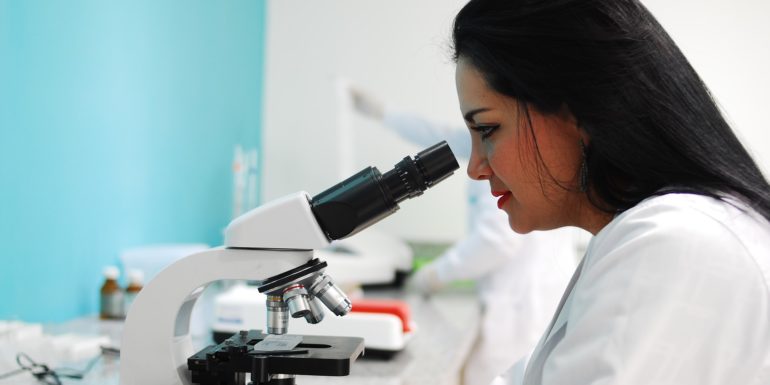The dangerous skin cancer melanoma is haunting light-skinned Estonians ever more frequently. Wouldn’t it be good if one could vaccinate oneself against this type of cancer if necessary?
Excessive sunbathing and using tanning beds might give Estonians a Southern swarthy look but, in addition, dangerously damaged cells. With bad luck this threatens to develop into melanoma, a type of skin cancer which comprises only a tenth of skin cancers but is aggressive and malignant.
Ultraviolet rays damaging the DNA of skin’s pigment cells are of cardinal importance in the development of melanoma. Oncologists estimate that melanoma incidence is increasing by 5- 7 per cent a year in Estonia. People aged 20-59 years are considered the age group at risk with a maximum risk lying with 30-year-olds.
“Melanoma is a serious problem. It is already quietly being called an epidemic,” knows Lilian Järvekülg, a scientist at the Competence Centre for Cancer Research (CCCR) in Tallinn and professor and head of the Chair of Molecular Diagnostics at Tallinn University of Technology’s Department of Gene Technology. “However, presently there is no vaccine against melanoma.”
A vaccine could prove beneficial in cases where a person has been operated on for melanoma but there is a risk for the return of cancer as new metastases. In people with a familial history suggesting hereditary risk for melanoma pre-emptive vaccination might be considered – if there only was such a vaccine.
It appears that in the laboratories of CCCR operating in the building of natural sciences of TUT a candidate for the vaccine actually exists. It is true that so far it has only been tested in mice but the tests have been successful.
A few months ago scientists studied mice that had been infected with melanoma and vaccinated thereafter. The vaccine made the mice’s immune system effectively fight the melanoma.
“When we injected our vaccine to mice their melanomas started to patently regress and decrease in size,” describes Sirje Rüütel-Boudinot, immunologist at CCCR and TUT.
How does this candidate vaccine created by Estonians work? As in many other CCCR projects, synergy of different study areas was crucial here, especially the prolific cooperation of a researcher of plant viruses, Lilian Järvekülg and immunologist Sirje Rüütel-Boudinot. The idea of using plant virus A’s “empty shell”, its protein particle without the virus’s genetic code, was clasped.
Scientists use this empty shell like a space rocket to send useful cargo to the cancer-diseased organism: this cargo is a combination of amino acids imitating the proteins characteristic to cancer found on the surface of a melanocyte transformed to cancer.
Such a “rocket” sent to the organism induces a counter strike from the immune system’s killer cells which then target the real melanoma.
“Melanoma evolves because, for some reason, the organism cannot detect mutated cells any more,” explains Rüütel-Boudinot. “Our system reintroduces the melanoma to the immune system, making the melanoma visible again.”
Using some plant viruses has another extra asset. Namely, this virus has a rather long “hull”, therefore fitting up to 2000 useful combinations of amino acids into its cargo room, all of which try to induce an alert in the immune system.
“The immune system is constantly on the lookout. Its task is to react to anything different from the ordinary,” says Lilian Järvekülg. “The question is whether a little mouse or an elephant is running in the blood vessels. The immune system might not notice a mouse but it is difficult not to pay attention to an elephant.”
Source: http://www.tarbija24.ee/?id=95099

